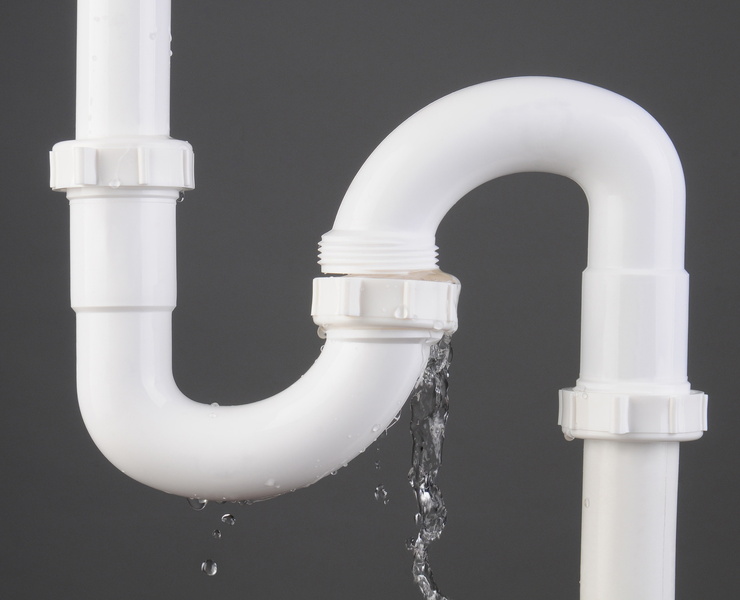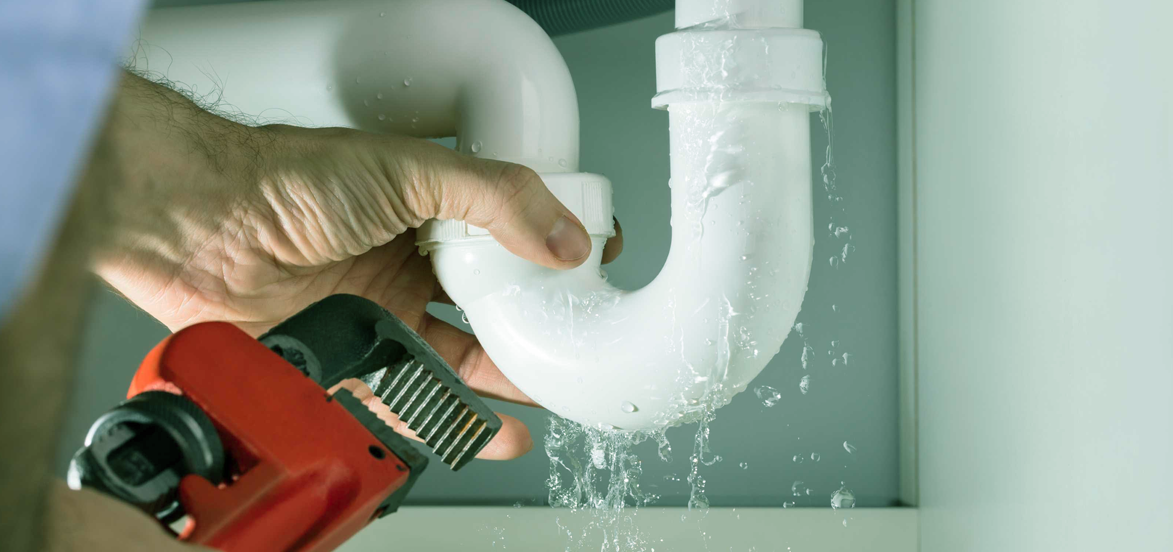Were you on the lookout for advice on Detecting hidden plumbing leaks?

Early detection of leaking water lines can mitigate a prospective catastrophe. Aside from saving you money, it will certainly minimize the irritation and frustration. The moment you locate a leak, calling your plumber for fixings is the most effective option. Some tiny water leaks might not be visible. Below are some hacks that aid if you can not discover it with your nude eyes.
1. Check Out the Water Meter
Every house has a water meter. Inspecting it is a surefire manner in which helps you find leakages. For starters, turn off all the water sources. Make sure no person will purge, utilize the tap, shower, run the cleaning maker or dishwasher. From there, go to the meter and watch if it will transform. Since no one is utilizing it, there ought to be no activities. That indicates a fast-moving leakage if it relocates. If you identify no adjustments, wait an hour or 2 as well as check back once again. This suggests you may have a sluggish leak that might even be underground.
2. Examine Water Consumption
If you spot sudden changes, in spite of your usage being the exact same, it means that you have leaks in your plumbing system. A sudden spike in your bill shows a fast-moving leak.
At the same time, a constant increase on a monthly basis, even with the very same routines, shows you have a sluggish leakage that's additionally gradually rising. Call a plumber to thoroughly check your home, particularly if you really feel a warm area on your floor with piping below.
3. Do a Food Coloring Examination
When it comes to water consumption, 30% originates from commodes. Test to see if they are running appropriately. Decline flecks of food shade in the storage tank and wait 10 minutes. If the color in some way infiltrates your dish throughout that time without flushing, there's a leak in between the container and bowl.
4. Asses Exterior Lines
Don't neglect to check your outside water lines as well. Test spigots by connecting a garden hose. Needs to water permeate out of the connection, you have a loosened rubber gasket. Change this and also make certain all connections are limited. It will assist obtain it professionally took a look at and also maintained yearly if you have actually got a lawn sprinkler system. One tiny leakage can waste lots of water and increase your water expense.
5. Evaluate and Evaluate the Situation
House owners must make it a practice to examine under the sink counters and also inside cupboards for any bad odor or mold and mildew development. These two warnings suggest a leak so timely focus is called for. Doing routine evaluations, even bi-annually, can save you from a major issue.
Much more importantly, if you recognize your residence is already old, keep a watchful eye on your heating units, tubes, pipes and so on. Check for discolorations and also deteriorating as many pipelines as well as appliances have a life expectancy. They will likewise normally degrade as a result of damage. If you suspect dripping water lines in your plumbing system, don't await it to rise. Call an expert plumber today so you do not wind up with a terrible mess in your house.
Early detection of dripping water lines can alleviate a possible disaster. Some tiny water leaks may not be noticeable. Examining it is a guaranteed method that assists you uncover leakages. One small leakage can squander loads of water and also spike your water expense.
If you think dripping water lines in your plumbing system, don't wait for it to escalate.
WARNING SIGNS OF WATER LEAKAGE BEHIND THE WALL
PERSISTENT MUSTY ODORS
As water slowly drips from a leaky pipe inside the wall, flooring and sheetrock stay damp and develop an odor similar to wet cardboard. It generates a musty smell that can help you find hidden leaks.
MOLD IN UNUSUAL AREAS
Mold usually grows in wet areas like kitchens, baths and laundry rooms. If you spot the stuff on walls or baseboards in other rooms of the house, it’s a good indicator of undetected water leaks.
STAINS THAT GROW
When mold thrives around a leaky pipe, it sometimes takes hold on the inside surface of the affected wall. A growing stain on otherwise clean sheetrock is often your sign of a hidden plumbing problem.
PEELING OR BUBBLING WALLPAPER / PAINT
This clue is easy to miss in rooms that don’t get much use. When you see wallpaper separating along seams or paint bubbling or flaking off the wall, blame sheetrock that stays wet because of an undetected leak.
BUCKLED CEILINGS AND STAINED FLOORS
If ceilings or floors in bathrooms, kitchens or laundry areas develop structural problems, don’t rule out constant damp inside the walls. Wet sheetrock can affect adjacent framing, flooring and ceilings.
https://www.servicemasterbyzaba.com/blog/how-to-detect-water-leakage-in-walls/

Do you like reading about Finding hidden leaks? Create a short review down below. We'd be glad to see your opinions about this review. We hope that you visit us again before long. So long as you enjoyed our blog posting plz remember to pass it around. Thanks a lot for your time spent reading it.